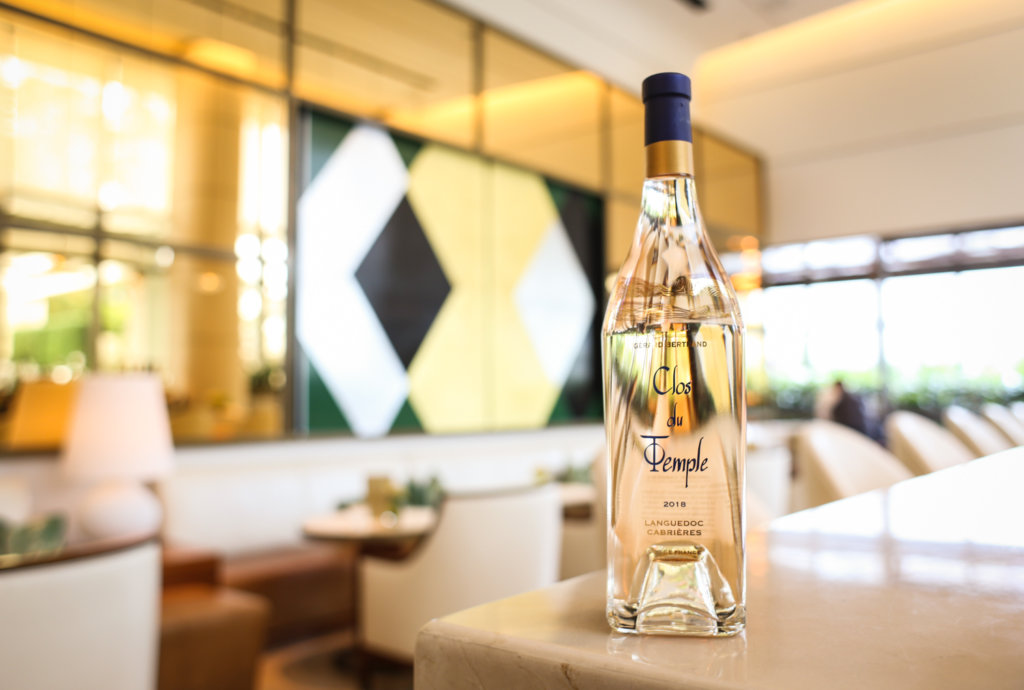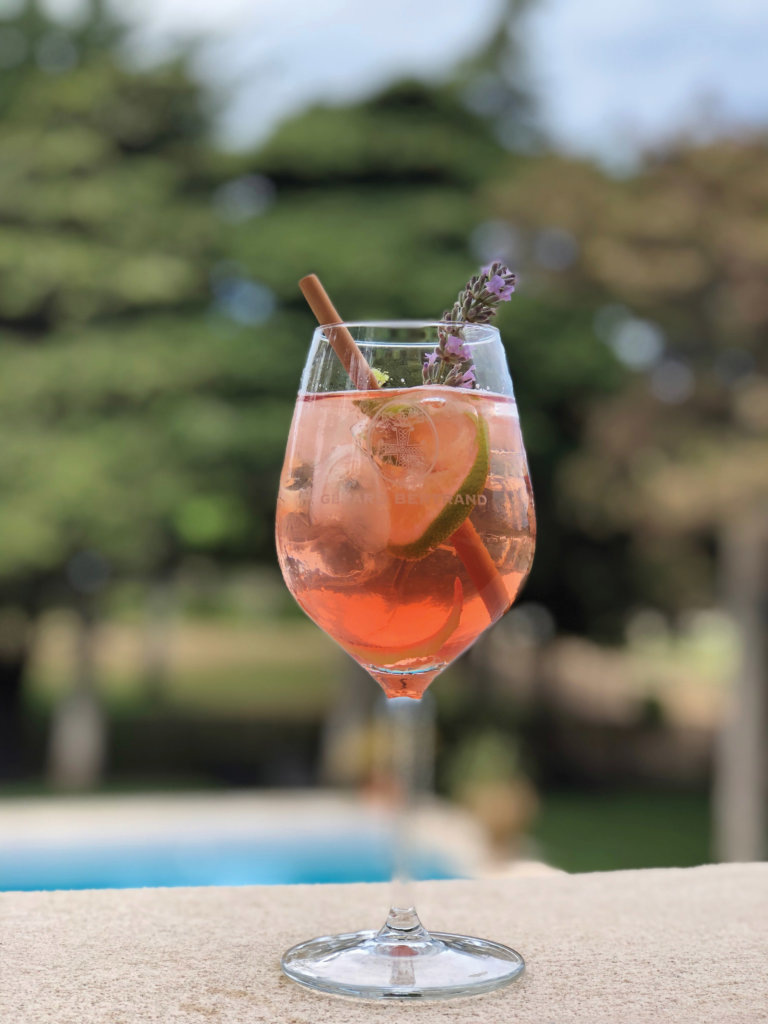The Finest Vintage
On the eve of 1975—when New World winemaking was still inchoate— native-born Frenchman Gérard Bertrand was introduced to winemaking at age 10. The next 10 years were filled mostly with school, wine production, and forays into
On the eve of 1975—when New World winemaking was still inchoate— native-born Frenchman Gérard Bertrand was introduced to winemaking at age 10.
The next 10 years were filled mostly with school, wine production, and forays into professional rugby—a passion that Bertrand never lost. But when his father passed away in 1987, the scion returned to continue the family winemaking tradition. In 1992, he formed the Gérard Bertrand wine company, and over the next 25 years, would champion modern winemaking techniques and achieve eminent success and widespread popularity.
DiningOut caught up with Bertrand recently to discuss his winemaking philosophy, and to find out which southern French wines are in vogue this season.
DiningOut: Given your 10-year professional career in rugby, did you intend ultimately to end up in the winemaking profession?
Gérard Bertrand: My father was a visionary wine professional, but he was also a rugby referee. He taught me the art of both, so I decided to try my hand at both. For eight years, I lived a double life as a sportsman and a wine professional. Only later, in 1992, did I make the choice to dedicate myself to the winery.
What was the biggest secret to winemaking passed down to you from your father, Georges Bertrand?
To take care of the thousands of details in the winemaking process. These make the difference.
Since the early ‘90s, you’ve acquired several domaines and chateaux, and expanded your own wine portfolio. How has the winemaking industry changed since you first launched Gérard Bertrand wines?
Thirty years ago, we had to reveal the potential of Languedoc-Roussillon wines to the world. Even if our region had more than 24 centuries of wine history behind it, the reputation of the wines wasn’t good at the time. So, we had to put southern French wines on the map. Since those early days, the quality, richness, and singularity of our terroir have been recognized. People are curious about the diversity of our grapes and the types of wines we make. I’ve also found that wine lovers are increasingly fond of organic, biodynamic, and sulfite-free wines. Women, in particularly have revolutionized the consumption of rosé wines, which has become one of our specialties. Now, our region has strong wines that compete on the international market.
You mentioned a focus on biodynamic wines. Why is this so important?
For three reasons. First, quality—I am convinced that the biodynamic process is the best way to craft great wines that reflect the identity of their terroir. Second, responsibility—we grow the vines for our children and our responsibility is to preserve the biodiversity of our environment. Treating both man and nature with respect is the least we can do. And third, spirituality— biodynamic principles transcend simple cultural methods and force me to consider people and places outside my immediate world.
It’s almost the season for warm-weather wines, and we hear you make an excellent rosé. Can you tell us about it?
The diversity of grape varieties in the south of France allows us to make different kinds of rosés. The latest in our portfolio is called La Villa. It’s made at our Château La Sauvageonne property and it’s a blend of four different grape varieties: Grenache and Mourvèdre (red grapes) and Vermentino and Viognier (white grapes). Made using co-fermentation (red and white grapes fermented together) and matured in barrels, this cuvée is quite unique. I love this wine. It’s built on tension and stamped with a brilliant minerality.
What are some other capstone wines of which you are particularly proud?
Le Clos d’Ora is probably the wine I feel the most connected to—maybe because it took me 17 years to get it from concept to first vintage. The source vineyard is located in Minervois la Livinière, a place we carefully cultivate using biodynamic methods. But we also take care of each vine as a unique individual and work the soil only with horses. This wine is very special to me and offers a message of peace, love, and harmony.
Here’s a hypothetical: You’re sitting on the Côte d’Azur in France on a beautiful summer day. What are you drinking?
A glass of Code Rouge, our sparkling wine made in Limoux.
—Interview by Jeffrey Steen





